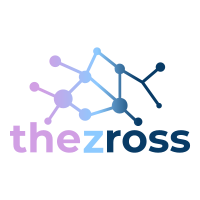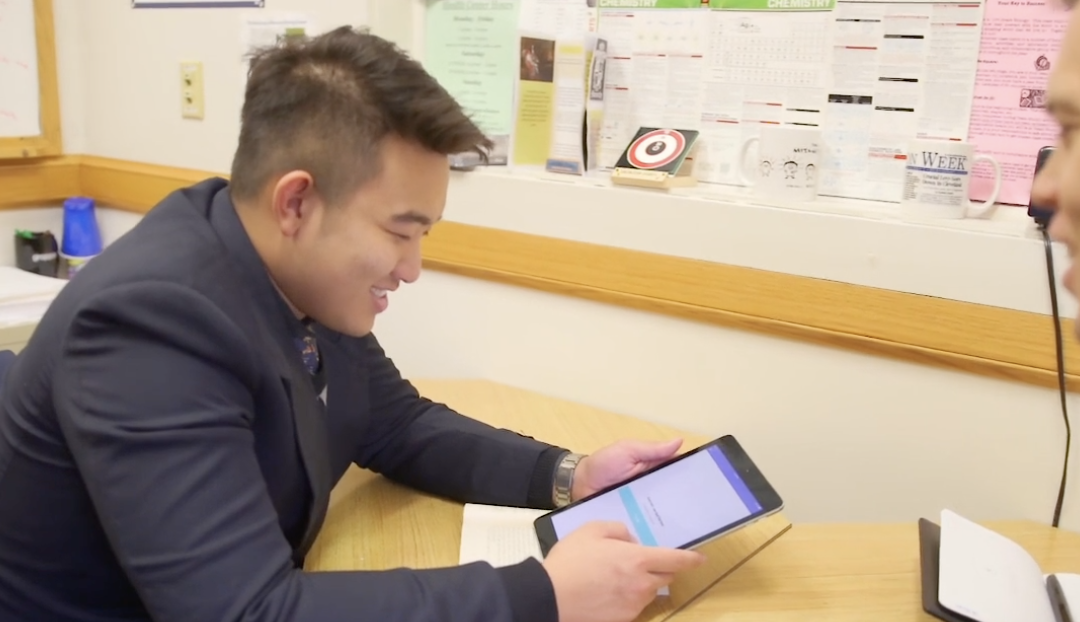Advancing the Digital Classroom to Support Different Learning Styles
Brewster Academy instituted one of the first laptop 1:1 programs in education over 25 years ago. In order to integrate technology into the learning process, Brewster has designed an integrated system that incorporates technology into the curriculum. Today, we have more than 650 Apple devices being used in the classroom school-wide. Working with a diverse student body of 365, 40% are enrolled in Instructional Support (IS) classes. As an IS teacher, I work with students in an individualized setting to provide them with the skills necessary for maximum success in the classroom and in life. Whether they have a learning difference or not, there is a great advantage in being adaptive and utilizing methods that work best for each student, potentially accelerating their performance. The current generation of students seem to have the interest and well-developed technical abilities for their age, but lack learning habits necessary for optimizing their success at school. Within the IS program, multiple pieces of information are considered to establish a baseline of performance in areas of reading, writing, time management, organization, and self-advocacy. Information such as prior testing, grades, teacher recommendations, Individualized Education Plans (IEP), and the student interview is reviewed and patterns of strengths and needs are identified in the goal setting process. Strategies that match the individual’s learning are selected and put in place to support the student in achieving their goals. Through the use of technology, students have experienced significant growth. Many students looking to improve their time management abilities have thrived with iCal, Reminders, and Notes. The ability to create prompts or cues, especially during their greatest times of need, has shown an increase in independence and preparedness for the academic day. Also, with the ability to sync electronic materials, the number of physical materials that students need to keep track of is minimized and there is less waste. Additionally, since kids at a young age have multiple devices, like an iPhone and computer, systems are more accessible and therefore, more likely to be used. Athletes are able to download their books or review their notes while on bus rides to their games. Those looking to improve their written expression have tools like Dictation which provides an accommodation across multiple applications. These features built into the operating system (OS) are becoming more critical in consideration to the learning environment, as strategies must be increasingly compatible to the tools the teacher utilizes. Additionally, Pages provides templates like “Note Taking” which helps students initiate the task of brainstorming and organize their ideas into paragraphs. Similarly, all students have access to iBooks and can enable to text-to-speech in their System Preferences for other electronic platforms. Having audio input available for any text supports a multi-modality approach to learning. Active reading strategies, like audio books, highlighting, and note-taking, have proven to increase comprehension and efficiency for students who struggle with reading and writing. For 20% of Brewster students who are non-native English learners, having the ability to identify unknown words and look up their meaning all within iBooks has been an important tool. Many who annotate with iBooks use this feature to easily create study cards. Overall, the movement towards the digital classroom is improving the way students utilize learning strategies to optimize their success. With Brewster’s Bring-your-own-device (BYOD), students are finding new ways to collaborate and demonstrate their knowledge of academic content. With a rise in secondary iOS devices, teachers’ are ensured that less time is spent helping students understand the skills involved to use the application and more time on the subject matter. In addition to being an Instructional Support teacher, I am teaching a Computer Programming course. As I design the curriculum that advances the digital classroom, it is great to see students with different learning styles apply their strategies in the classroom. Students are finding success where they have not experienced in the past and feel as though they are equal to their peers as independent and confident learners. When technology is used as a tool for accessing and sharing knowledge, it puts all students on the road to becoming educated, independent, lifelong learners.
Zachary Ross
Brewster Academy


